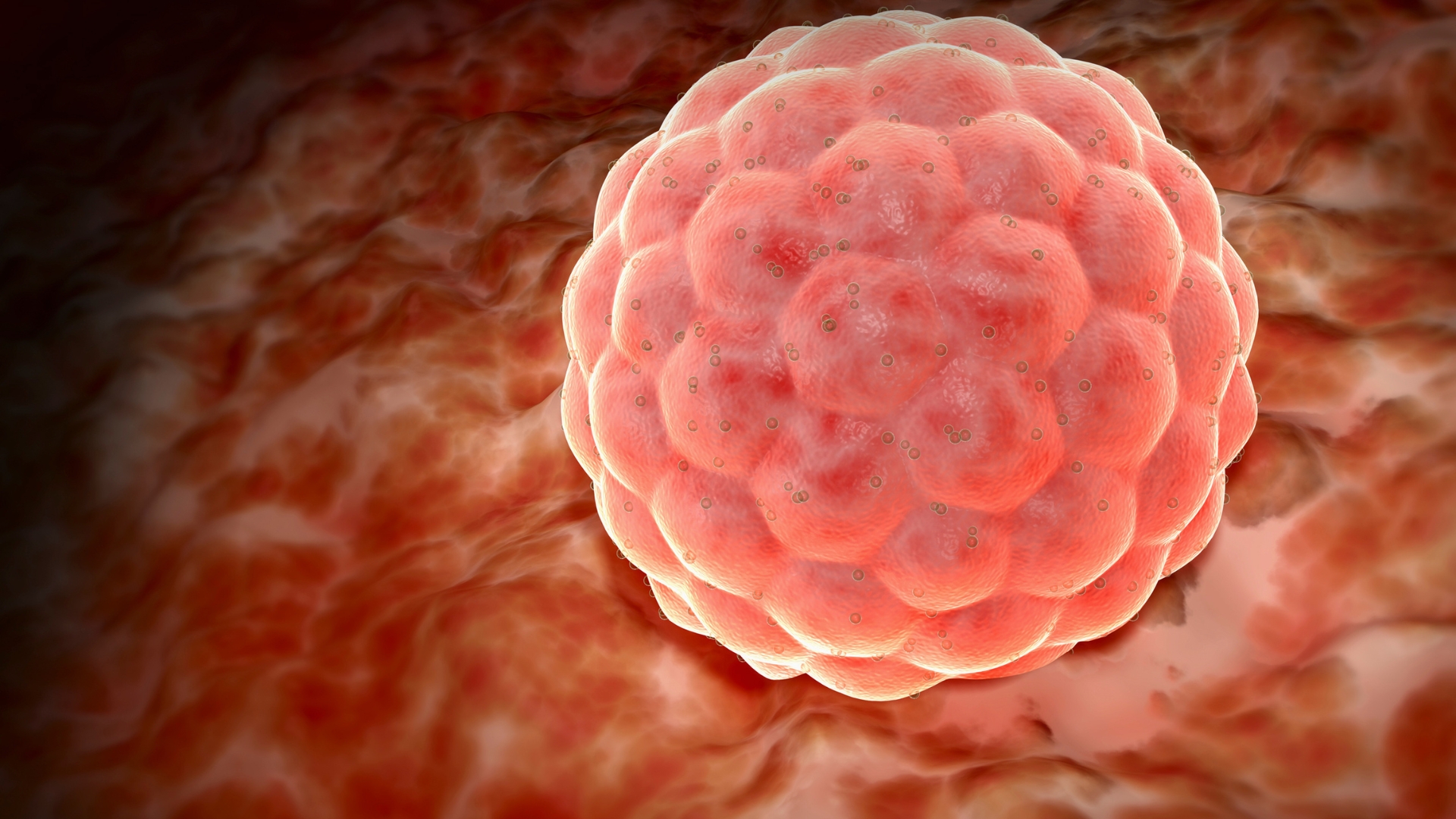Blastocyst culture

Blastocyst culture is a laboratory process used in in vitro fertilization (IVF) to allow an embryo to develop for an additional two to five days in culture before it is transferred to the woman's uterus.
During the process of IVF, fertilized eggs (also called zygotes) are typically incubated in the laboratory for three to five days until they reach the blastocyst stage of development. At this point, the embryos consist of a group of cells called the inner cell mass, which will eventually become the baby, and a group of cells called the trophectoderm, which will become the placenta.
In blastocyst culture, the embryos are allowed to continue developing in the laboratory for an additional two to five days until they reach the blastocyst stage. This allows the embryos to further differentiate and specialize, which may improve their chances of successful implantation and pregnancy.
Blastocyst culture is generally considered to be a more advanced and sophisticated method of IVF compared to traditional IVF, in which the embryos are transferred at an earlier stage of development. However, it is important to note that blastocyst culture may not be suitable for all patients and may not always lead to a higher success rate. It is important to discuss the potential risks and benefits of blastocyst culture with a fertility specialist before deciding to undergo this treatment.
The process of Blastocyst culture involves the following steps:
- Ovarian stimulation:The woman will be given medications to stimulate her ovaries to produce multiple eggs in a single cycle.
- Egg retrieval:The eggs are retrieved from the woman's ovaries through a minor surgical procedure called transvaginal aspiration.
- Fertilization:The eggs are fertilized with sperm in a laboratory dish, using a process called in vitro fertilization (IVF).
- Embryo culture:The fertilized eggs (also called zygotes) are incubated in the laboratory for three to five days until they reach the blastomere stage of development.
- Blastocyst culture:The embryos are transferred to a special culture medium and allowed to continue developing for an additional two to five days until they reach the blastocyst stage.
- Embryo selection: At the blastocyst stage, the embryos are evaluated for their developmental potential and the most viable embryos are selected for transfer.
- Embryo transfer: The selected embryos are transferred to the woman's uterus through a procedure similar to a pap smear.
- Pregnancy test: A pregnancy test will be performed several weeks after the embryo transfer to determine whether the treatment was successful.
It is important to note that blastocyst culture may not be suitable for all patients and may not always lead to a higher success rate. It is important to discuss the potential risks and benefits of this treatment with a fertility specialist before deciding to undergo blastocyst culture.




